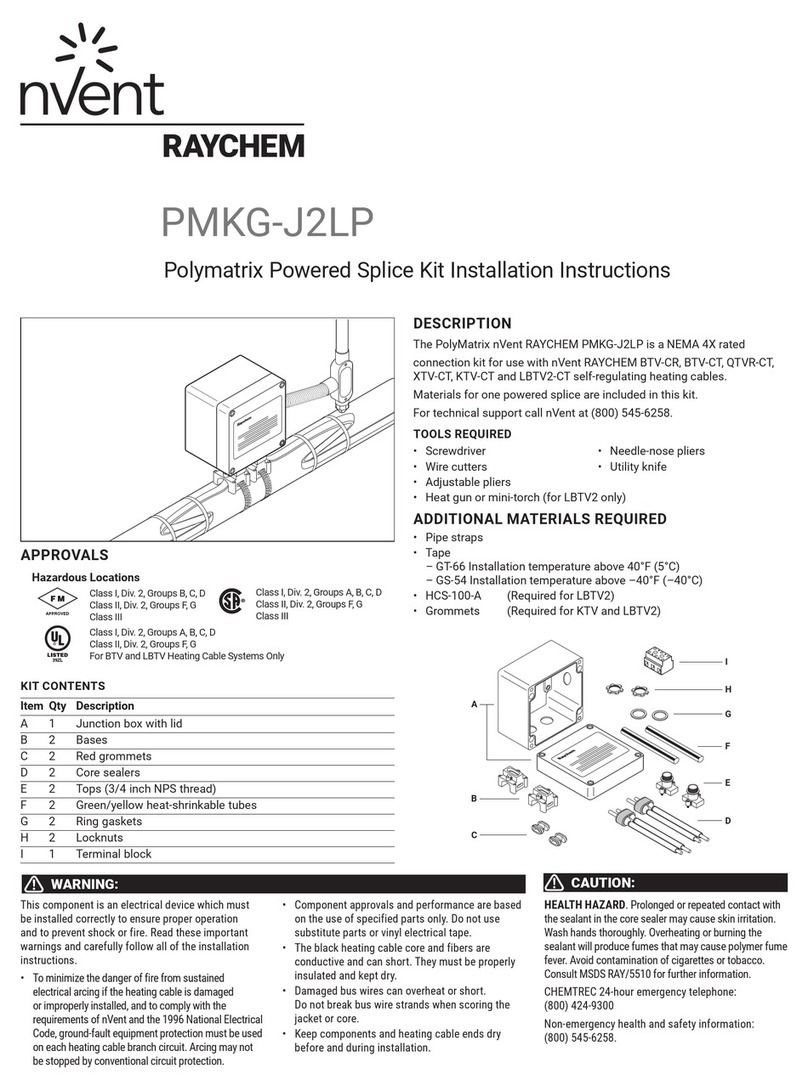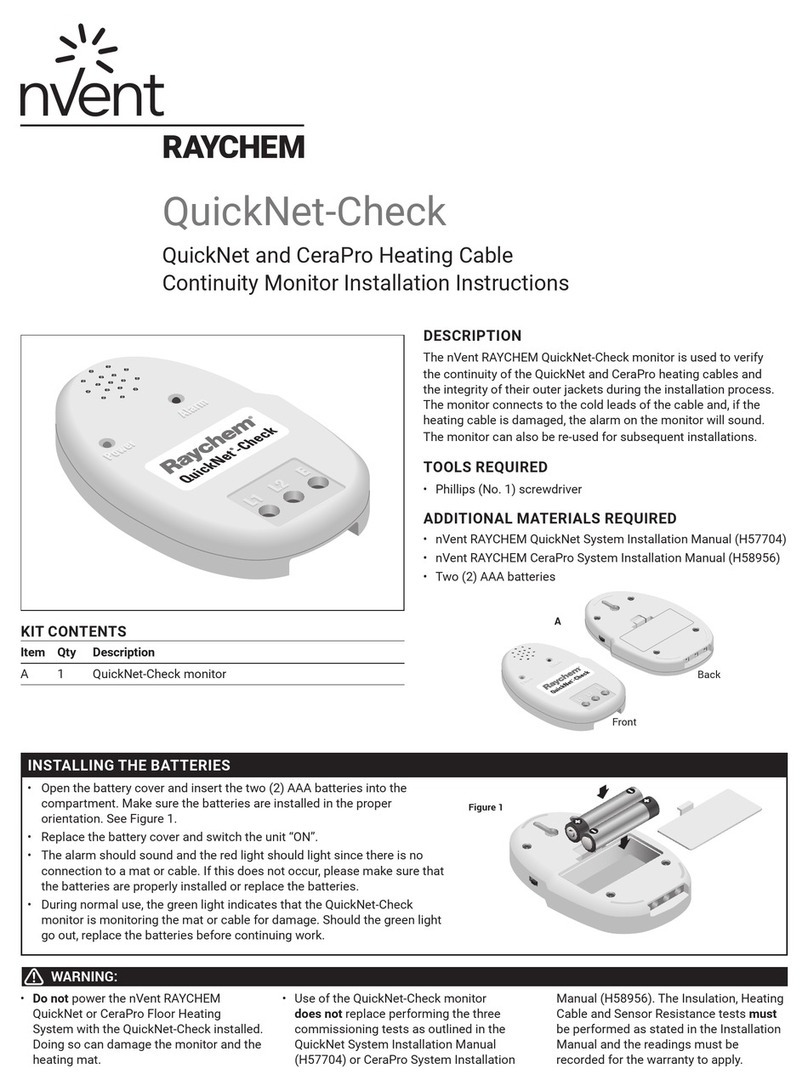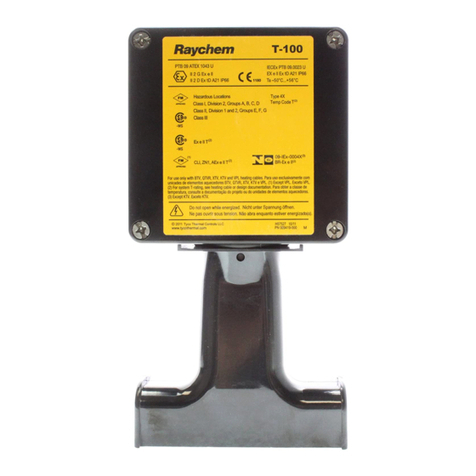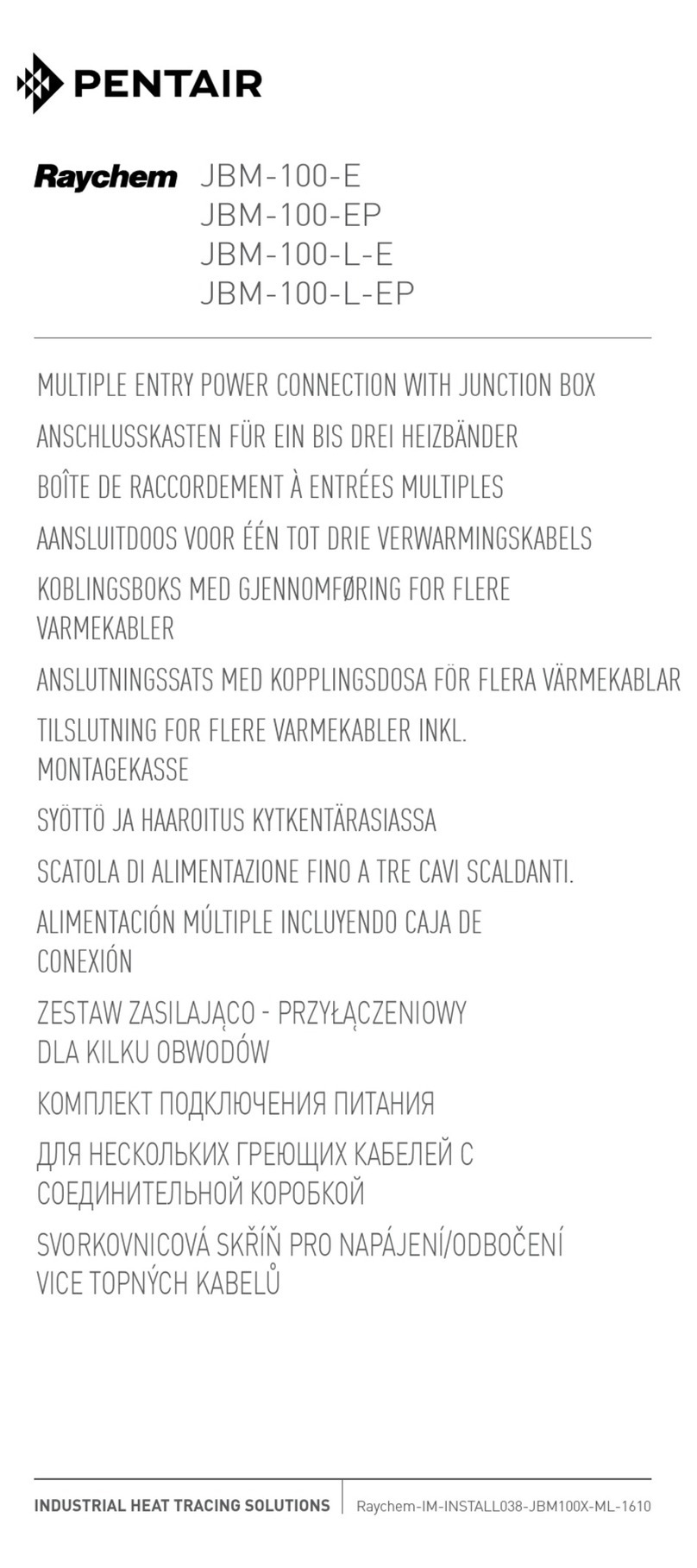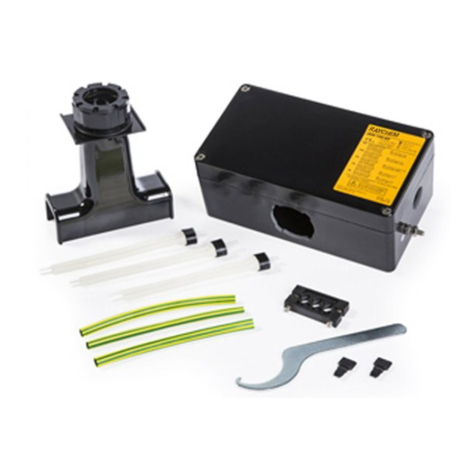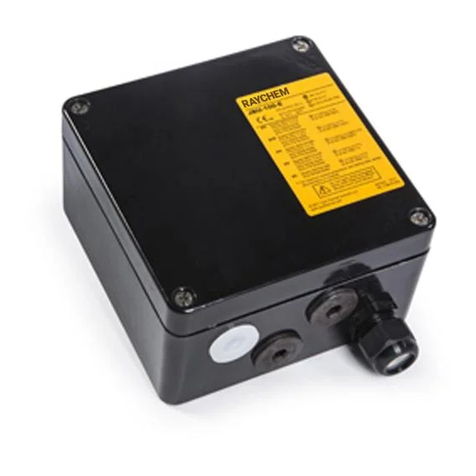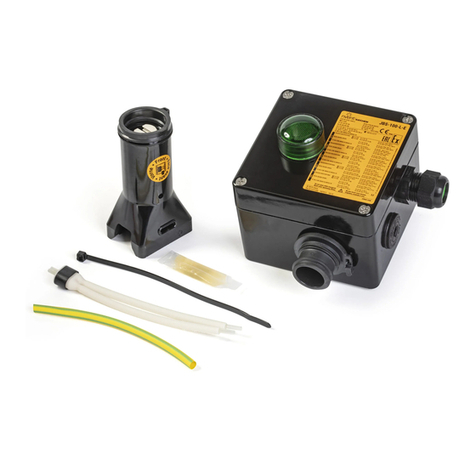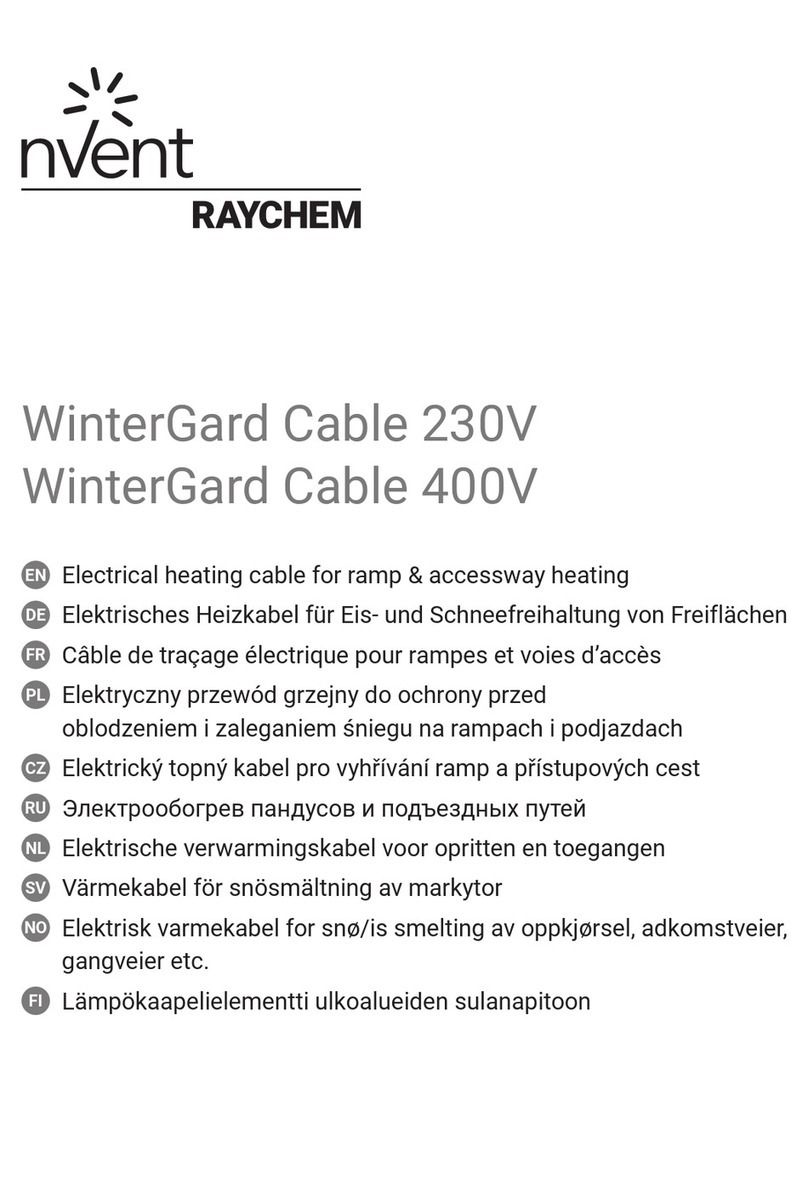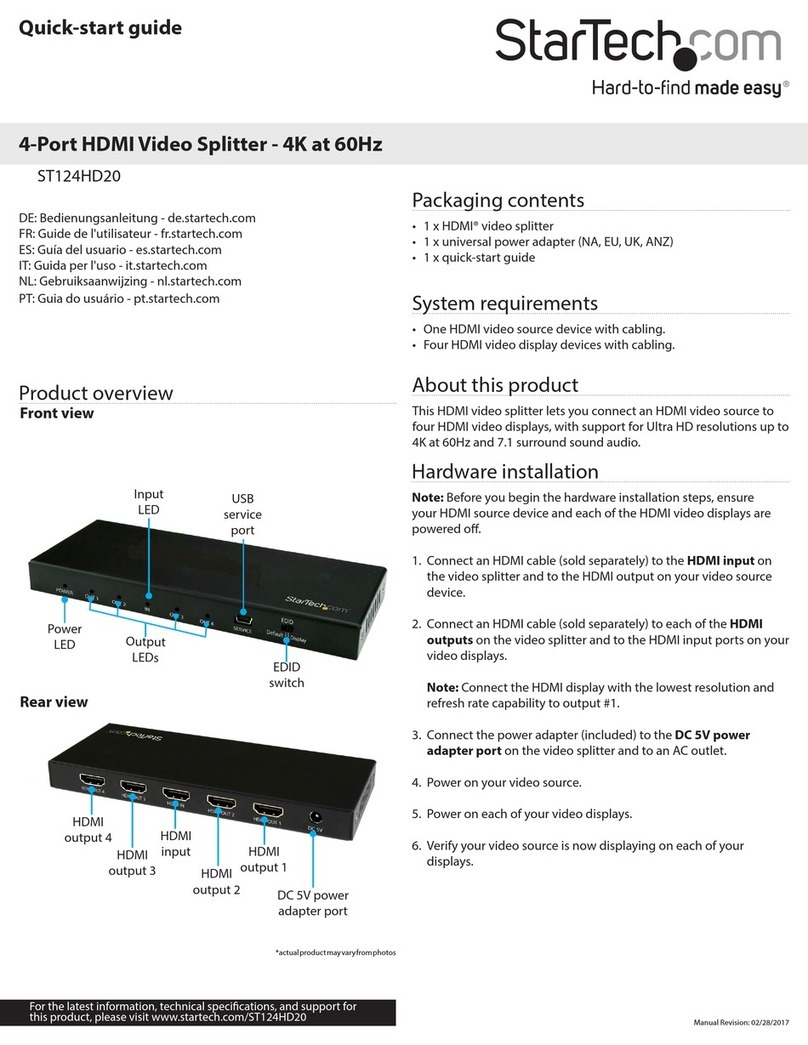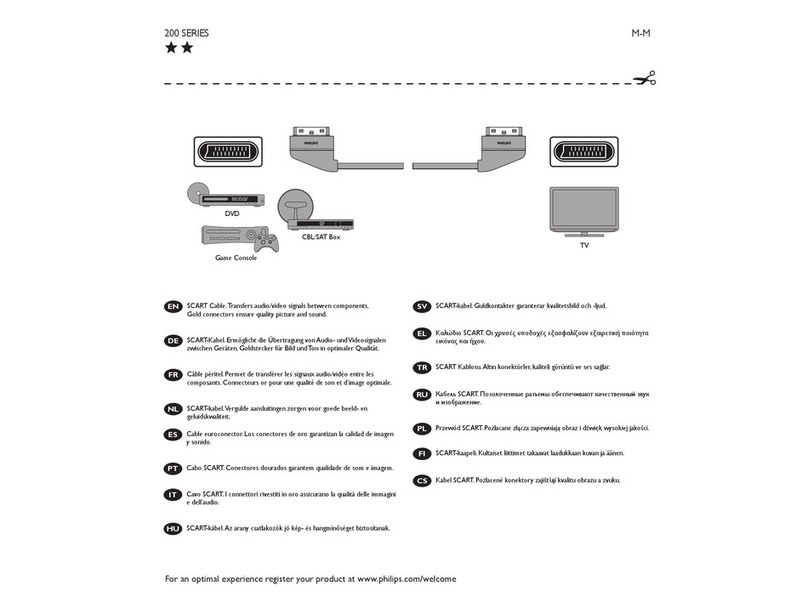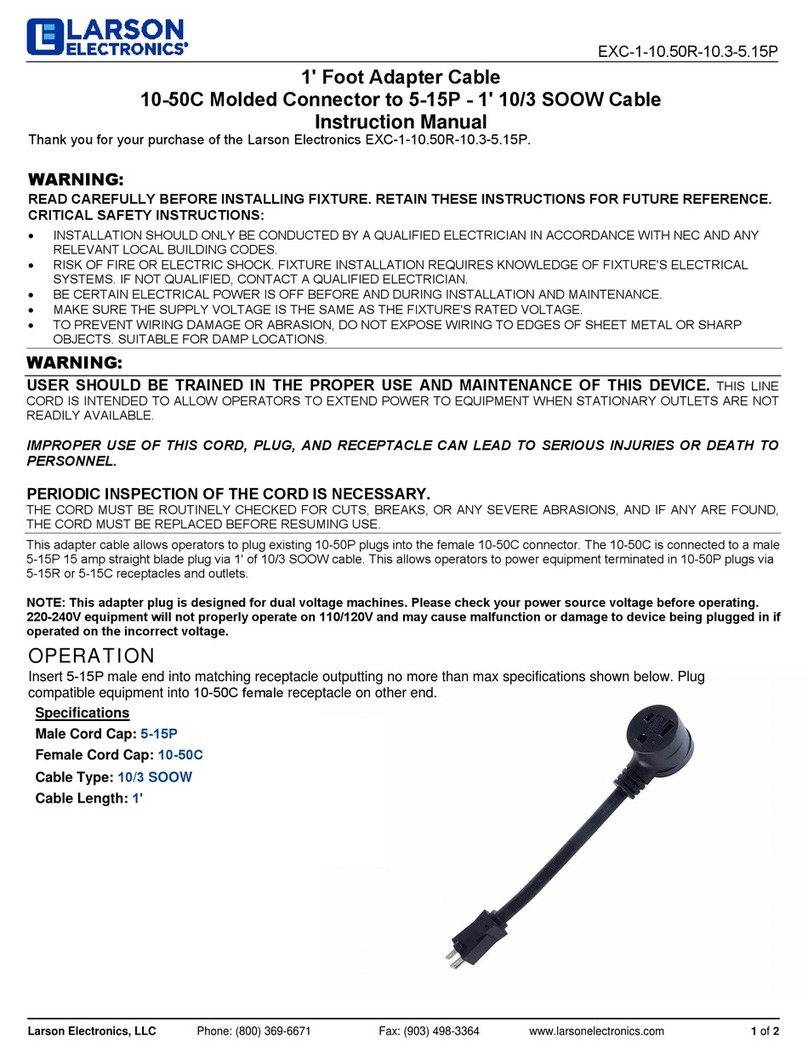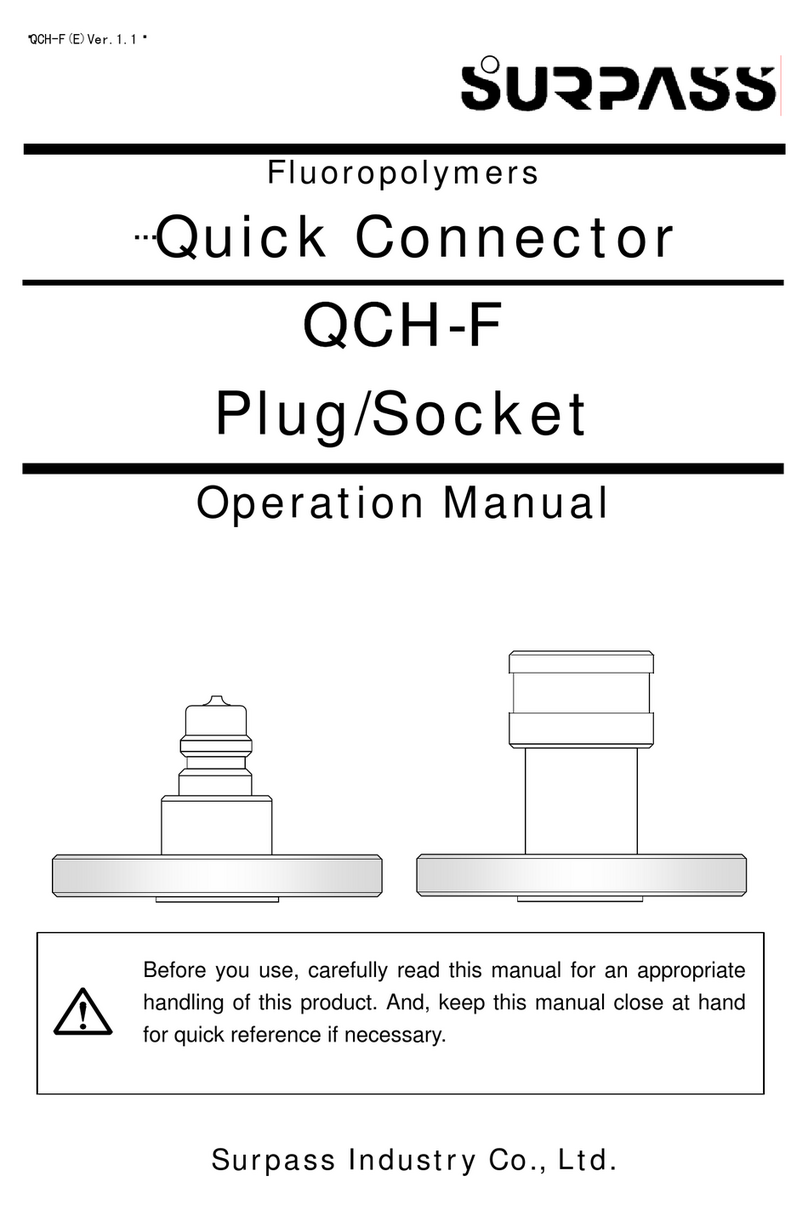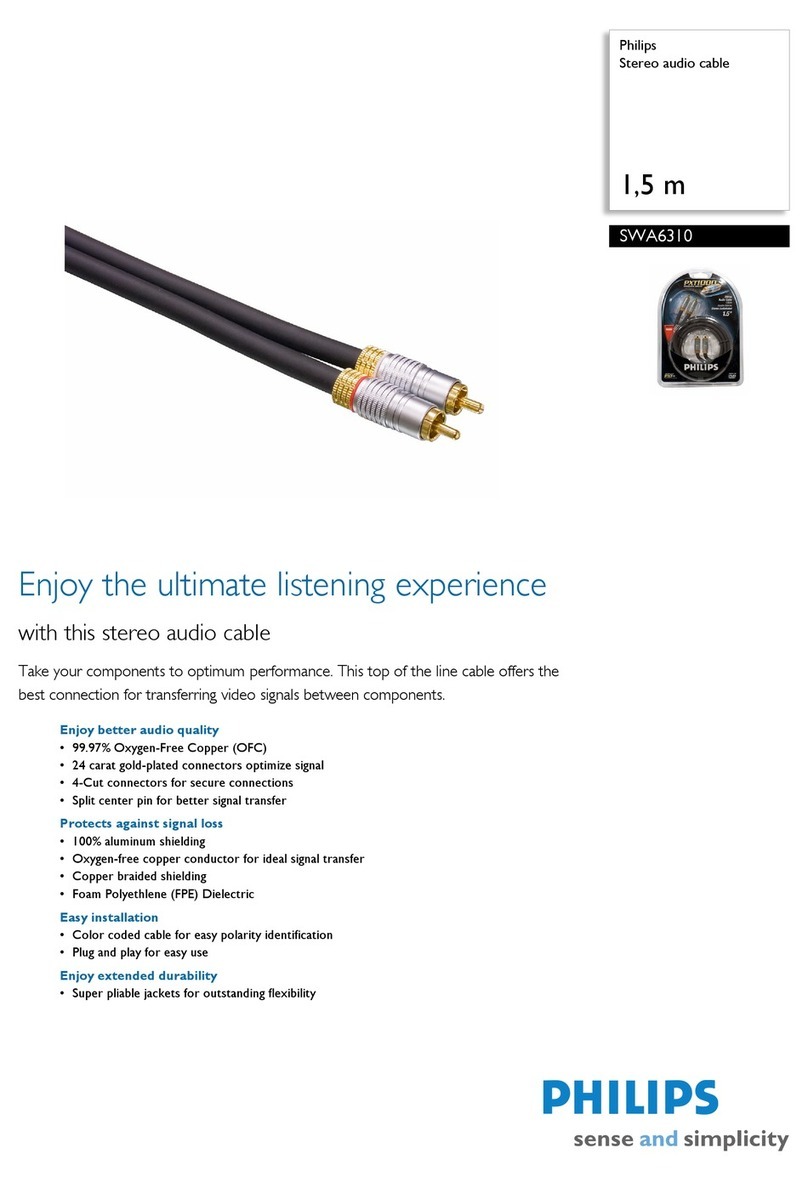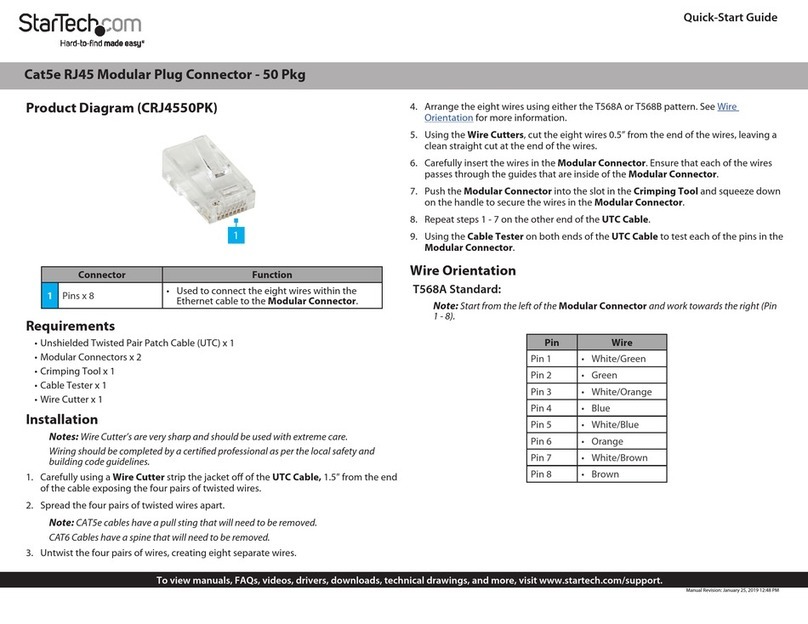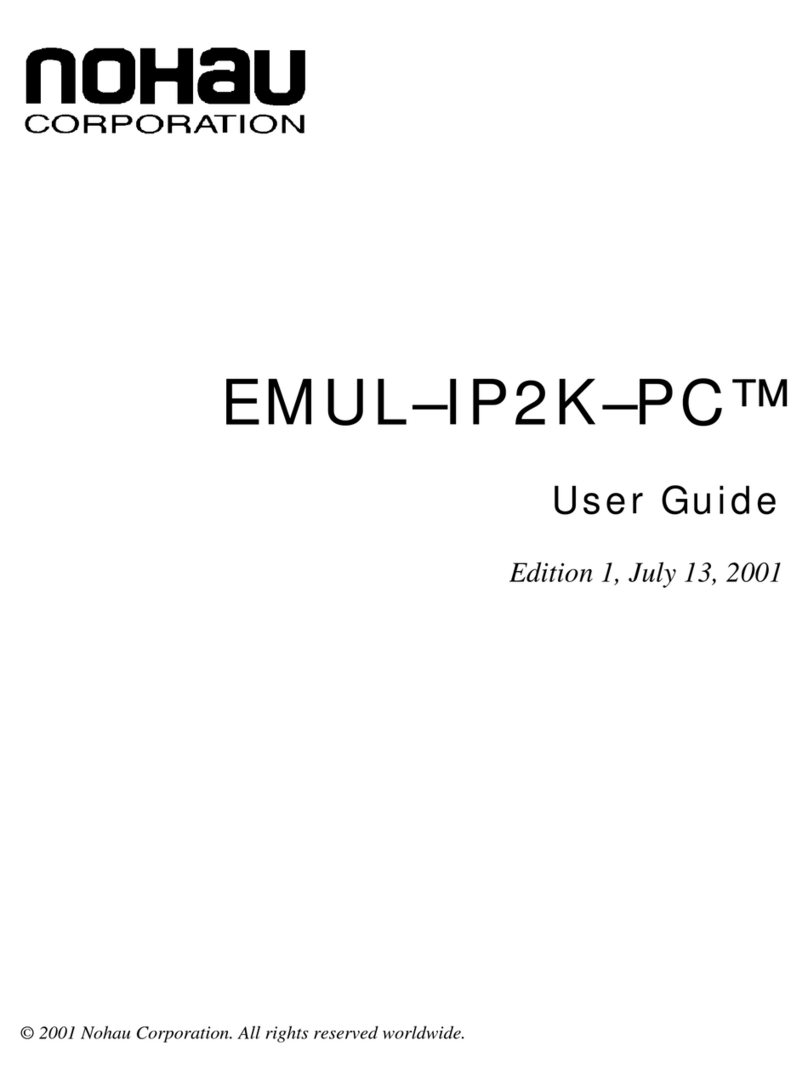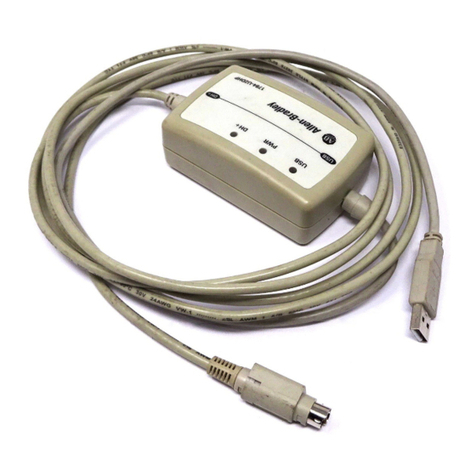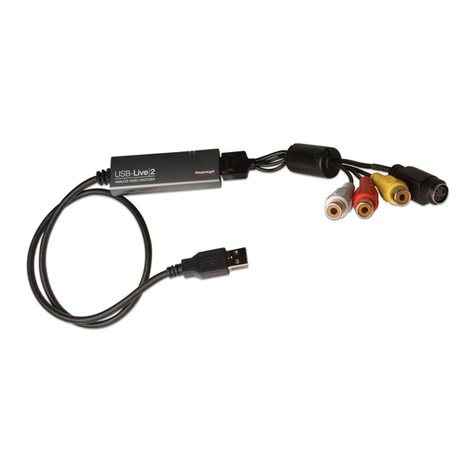
2
Pre-Repair Information
6 |nVent.com
Caution: Shortening the length of the heated
section will decrease the resistance, resulting in
increased current draw and wattage. Similarly,
increasing the length of the heated section will
increase the resistance, resulting in decreased
current draw and wattage. Pay special attention
to the over-current protective device to ensure
that it will still conform to the requirements
of national and local codes when such
modifications are made to heating cables.
Warning: A significant decrease in the length
of the heated section may result in a considerable
increase in wattage and cable sheath temperature
with the potential of starting a fire. Verify the
cable design before applying power.
2.3 Changes to the Heating Cable Length
A new tag is not required for repaired or
modified heating cables provided the total
length of the heated section of the cable is not
changed by more than 3%. Where the heated
section of the cable set is changed by more than
3%, to facilitate the repair or where the cable is
modified, then a new XMI-L cable tag must be
ordered. In these cases, the XMI-L Heating Cable
Field Modification Approval Request Form in
Appendix A must be filled in and reviewed by
nVent before proceeding with the repair or
modification and a permanent record of the
modification must be retained.

